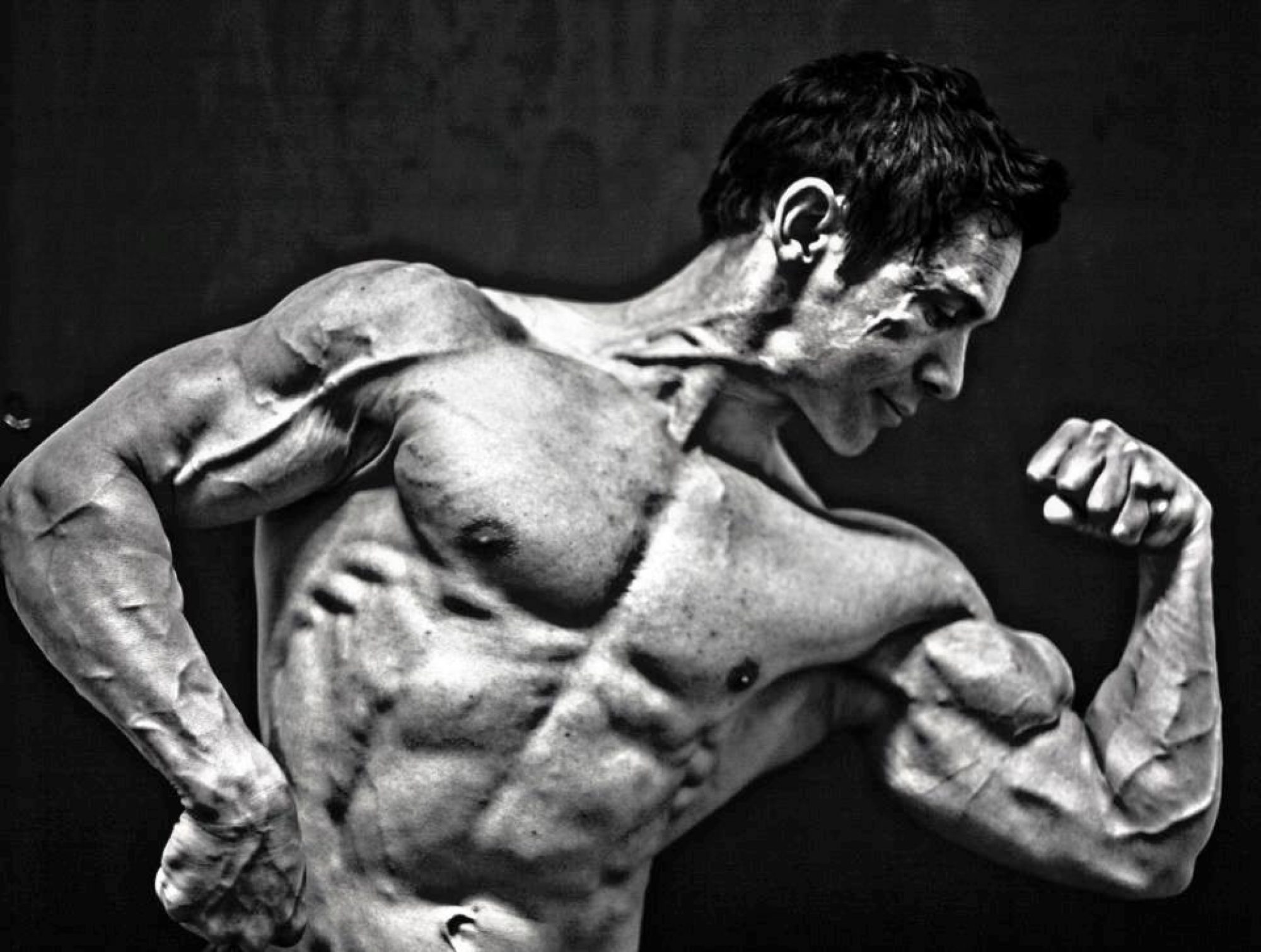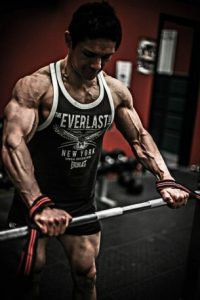Sometimes injuries, health issues or life throws you a curve ball and your training has to take a back seat for a time. I have found that when these occasions arise I manage to find a way to overcome these barriers by adapting so that I can still do what I love doing and that is to lift weights!
Recently I had to have a break from training due to getting really sick and had almost 3 weeks off weight training- one of longest if not the longest times I have had off in 27 years. When I resumed training I found my body was still not a hundred percent so I had to further reduce my already minimal work load. I still wanted to hit all muscle groups so I went back to a powerlifting based training split I did when I was 16. It was given to me by a group of police officers who ran the Waipukurau Hospital Gym.
The workout was:
Monday
- Squats
- Calf raises
- DB Biceps Curls
Wednesday
- Bench Press
- Shoulder Press
- Dips
Friday
- Deadlifts
- BB Row
- DB Row or Chins
3 sets of 5 on main lifts; Squats, Deadlifts, BB Row, Bench, Shoulder press and 2-3 sets of 8-15 on the rest.
The only adjustment I have made for this workout is to add some DB side rows lying prone on an incline bench at different angles on Friday for the posterior and side aspects of the deltoids.
Then I needed to incorporate a periodic loading and deloading system that prevented me from stressing my central nervous system and immune system so that I could still train and allow my body to return to 100%. Periodising my training has always been difficult for me to get my head around as I love pushing myself mentally and physically. However looking back at past logs it is when I have trained smarter not harder that I have seen personal bests occur.
I didn’t have to look too hard to find the system that I needed: Wendler’s 5/3/1 system was a perfect fit. It involves using 90 % of your maximal lifts to determine training loads. You can find out the exact system here: www.jimwendler.com/ or a working example here at http://muscleandbrawn.com/wendlers-531-powerlifting-system/. These loads are applied to Squats, Deadlifts, Bench and BB Press and then completed over a 4 week period (You could use other forms of these lifts or exercises depending on structure, injuries and goals).
Week 1 is 3 sets of 5 reps (You can do more reps if you can on the last set during week 1-3)
Week 2 is 3 sets of 3 reps
Week 3 is 5, 3, 1.
Week 4 is 3 x 5 (deload- a really light week on the main lifts).
Here is the percentages to calculate training loads over that time:
Week 1. Warm up, 75% x 5, 80% x 5, 85% x 5+
Week 2. Warm up, 80% x 3, 85% x 3, 90% x 3+
Week 3. Warm up, 75% x 5, 85% x 3, 95% x 1+
Week 4. (deload) Warm up, 60% x 5, 65% x 5, 70% x 5
After Week 4 you then add 5 kg to your estimated 1 rep max lift on the Squat and Deadlift and 2.5 kg to the Bench and Shoulder Press and recalculate your training loads from 90% of these new max numbers for the next 4 week cycle or wave.
If you don’t want to spend the time calculating all these numbers many people on the internet have developed online programs you can use to do it for you. Here is one I found useful: http://www.liftingreport.com/wendler531-calculator/
Since the calculated weights are much lighter than I am used to training with and will take 2- 3 months before they are back up to where I was it allows me to practice my technique in the lifts, give my body a chance to recover properly and provide a routine that will include a sensible and regular deload in my training for the future.
There can often be a silver lining to adversity and this power lifting based training approach has allowed me to overcome my personal barriers to do what I love to do! If you have health issues, injuries or minimal time to train this kind of approach could work for you too.

